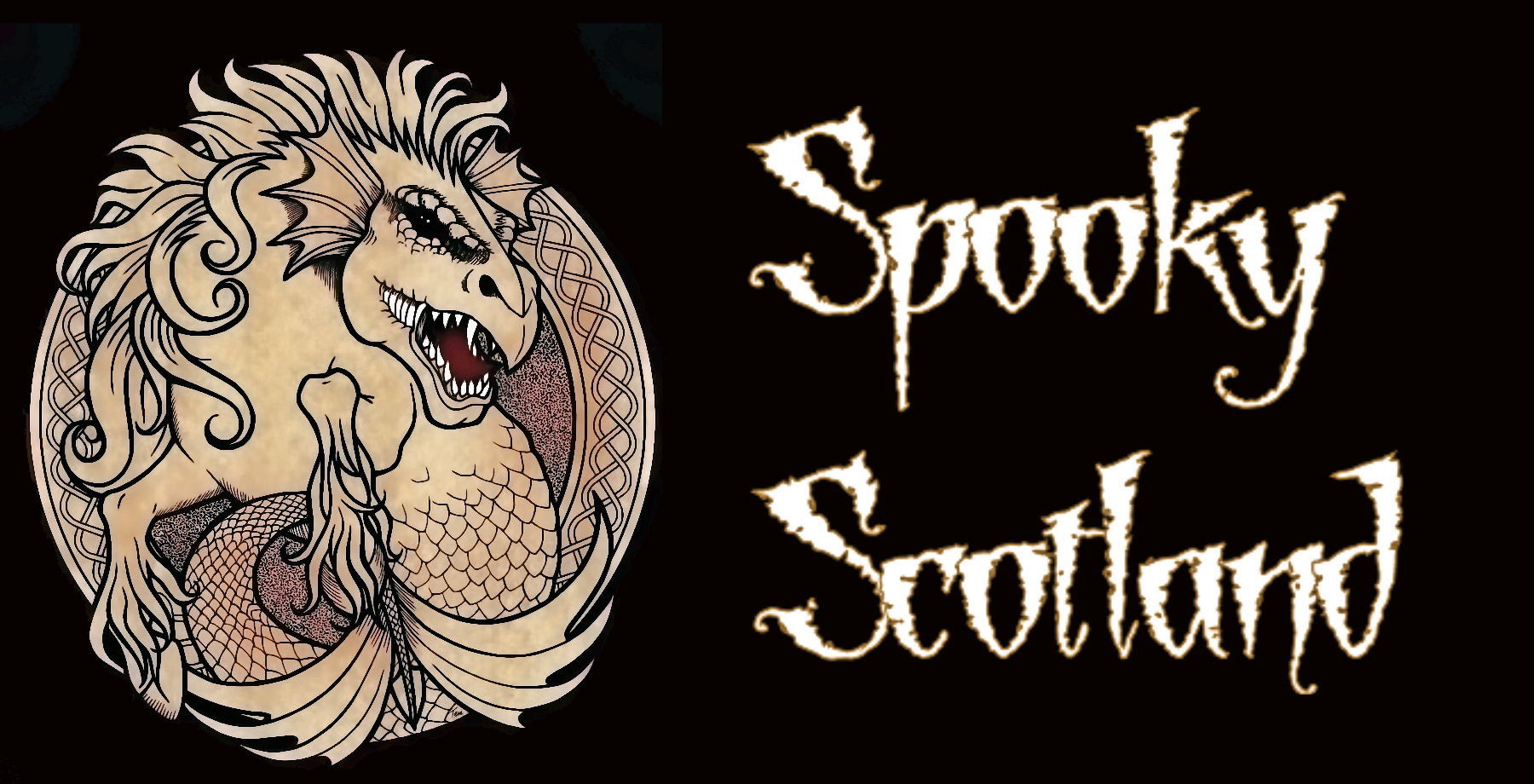During my days at New Elgin Primary School, I’d often find myself in a huddle with my classmates as we tried to scare each other with ‘ghostie’ stories about Scotland’s most haunted locations. Inevitably we would resort to telling two tales inspired by Elgin’s medieval past. Our young fertile imaginations conjured up a huge tunnel which ran from Elgin Cathedral to Spynie Palace, the Bishops of Morays’ Residence, located two miles north of Elgin on the shores of Loch Spynie, a onetime sea loch that served as Elgin’s port to the Low Countries. Of course, it was not just any tunnel. This passageway came complete with a ghost, the Black Monk.
The second tale concerned Ladyhill, the site of Elgin Castle. Ladyhill stands to the west of Elgin High Street and supports one of the most distinctive landmarks on Elgin’s skyline: an 80-foot monument honouring the 5th Duke of Gordon. Very little remains of the castle but as children, we were all adamant that all that could be seen of the castle were the battlements sticking over a huge mound that had been erected by the terrified locals to barricade in the castellan with all his servants when the plague broke out within its walls.
Both tales turned out to be little more than local myths but Bubonic plague did indeed visit Elgin and more will follow on this grim but fascinating subject. Spynie Palace may not have a tunnel but from the accounts, we have read and the people we have spoken to, Spynie would seem to be one of the most haunted Castles in Scotland.
Before Historic Scotland made Spynie Palace accessible to the public, my Mam and I went to visit the site. We went down an old back road and my Mam was petrified that we would lose the car exhaust or that the car paintwork would get scored by the jungle of ‘whins’ (gorse) growing along the sides of the dirt track. We arrived there, to an ominous silence. There was no birdsong. All was silent. The hairs on our necks were standing on end and we felt some malevolent presence. We returned to the car rather promptly.
Spynie is somewhat like a box of chocolates when it comes to the variety of paranormal experiences encountered. To quote Martin Coventry in his book ‘Castles of Scotland’ “There were stories of bishops being in league with the devil, and that every Halloween witches would be seen flying to the castle. The castle is also reputedly haunted, and unexplained lights and unearthly music have been witnessed here. There are also stories of a phantom piper and a ghostly lion.”
The apparition of Bishop Hepburn has been reported here as have appearances from Alexander Stewart, otherwise known as the ‘Wolf of Badenoch.’ Perhaps the spectre of a lion is one of the more bizarre sightings. In 2011, The Northern Scot, the local rag based in Elgin reported an encounter with the spirit of a lion. One of the group was left with scratches and bruises after allegedly having been mauled by the ghost. It appears that the lion was once kept as an exotic pet by one of the Bishops. A lion’s paw print has been reported on the Palace grounds. One can only imagine the conditions that the poor beast was forced to endure during its mortal existence!
Bishop Patrick Hepburn was the last Catholic Bishop to be based at Spynie. It is said that he studied the Black Arts and used his powers to summon demons and evil spirits to do his bidding. However, this was the time of the Reformation when extreme accusations were made to blacken people of the Catholic faith and when the Scottish Witch Trials began. That said, there is ample evidence that he lived a lavish lifestyle and was a constant womaniser who fathered at least thirteen illegitimate children. As a result, he was deprived of his ecclesiastical titles for the last two years of his life, although he refused to give up residence at Spynie. After his death, it seems that the Bishop’s ghost has been quite reluctant to leave Spynie as well.




